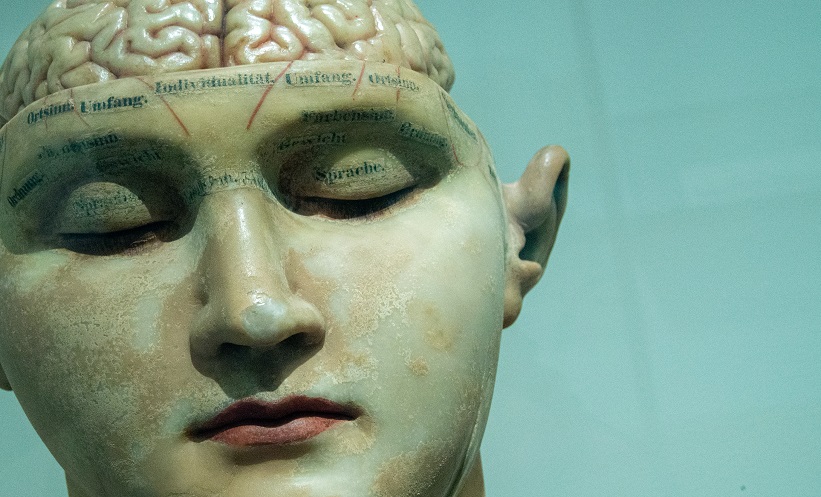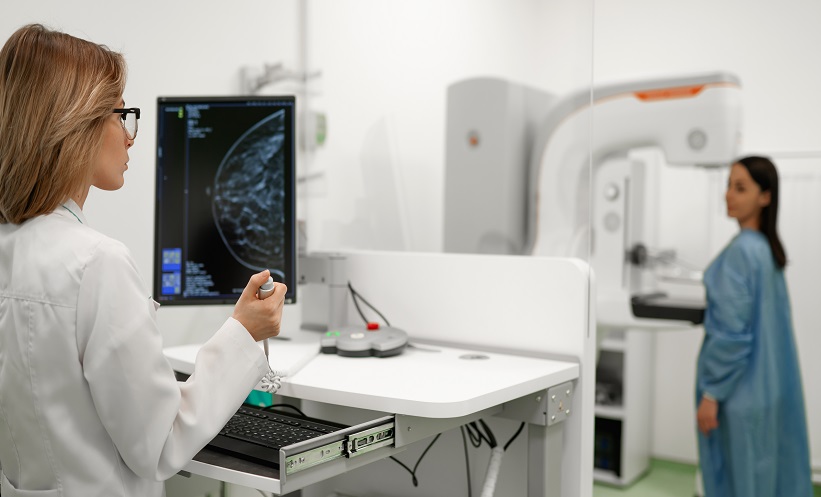EPILEPSY is one of the most common chronic neurological diseases, affecting 65 million people worldwide and entailing a substantial burden in seizure-related disability, comorbidities, and mortality. Understanding the pathophysiological mechanisms of the disease and factors affecting its prognosis can lead to improved patient outcomes and clinical treatments. Now, new research from the University of Virginia School of Medicine, Charlottesville, Virginia, USA, has identified an advanced imaging technique to help determine the best target to stop epilepsy seizures.
According to the results of a small pilot study, parametric dynamic fluorodeoxyglucose PET (p-dFDG-PET) could aid surgeons in identifying regions of the brain responsible for triggering epileptic seizures. In order to assess whether p-dFDG-PET offered increased accuracy, scans were performed on seven individuals for whom traditional PET imaging had failed to identify a target. The new approach, which creates 4D brain maps and measures the rate of glucose uptake rather than final absolute glucose uptake, located appropriate trouble spots in all participants and therefore offered additional sensitivity over the other imaging modalities.
Bijoy Kundu, Associate Professor of Radiology and Medical Imaging, University of Virginia School of Medicine, highlighted the relevance of these findings and outlined the advantages of p-dFDG-PET: “It will definitely benefit a lot of people because people with this intractable epilepsy, they have trouble at work, and school, and they don’t know when the next seizure will come, so it’s very important that we are able to identify this, and a number of people don’t want to go through invasive procedures. That’s why this non-invasive technique will be extremely powerful and will actually change clinical care.”
Going forward, a larger study is required to comprehensively evaluate the potential of this advanced approach. If the technique works as well as the initial trial suggests, it could have the potential to transform epilepsy care for many patients.
This sentiment was echoed by Mark Quigg, Doctor of Neurology at the University of Virginia School of Medicine: “Too often patients with intractable epilepsy turn away from transformative epilepsy surgery when invasive procedures are required to locate the ‘bad spot’ or the epileptic focus. Dynamic PET, as an addition to the non-invasive toolkit, can expand the number of epilepsy surgery candidates.”








